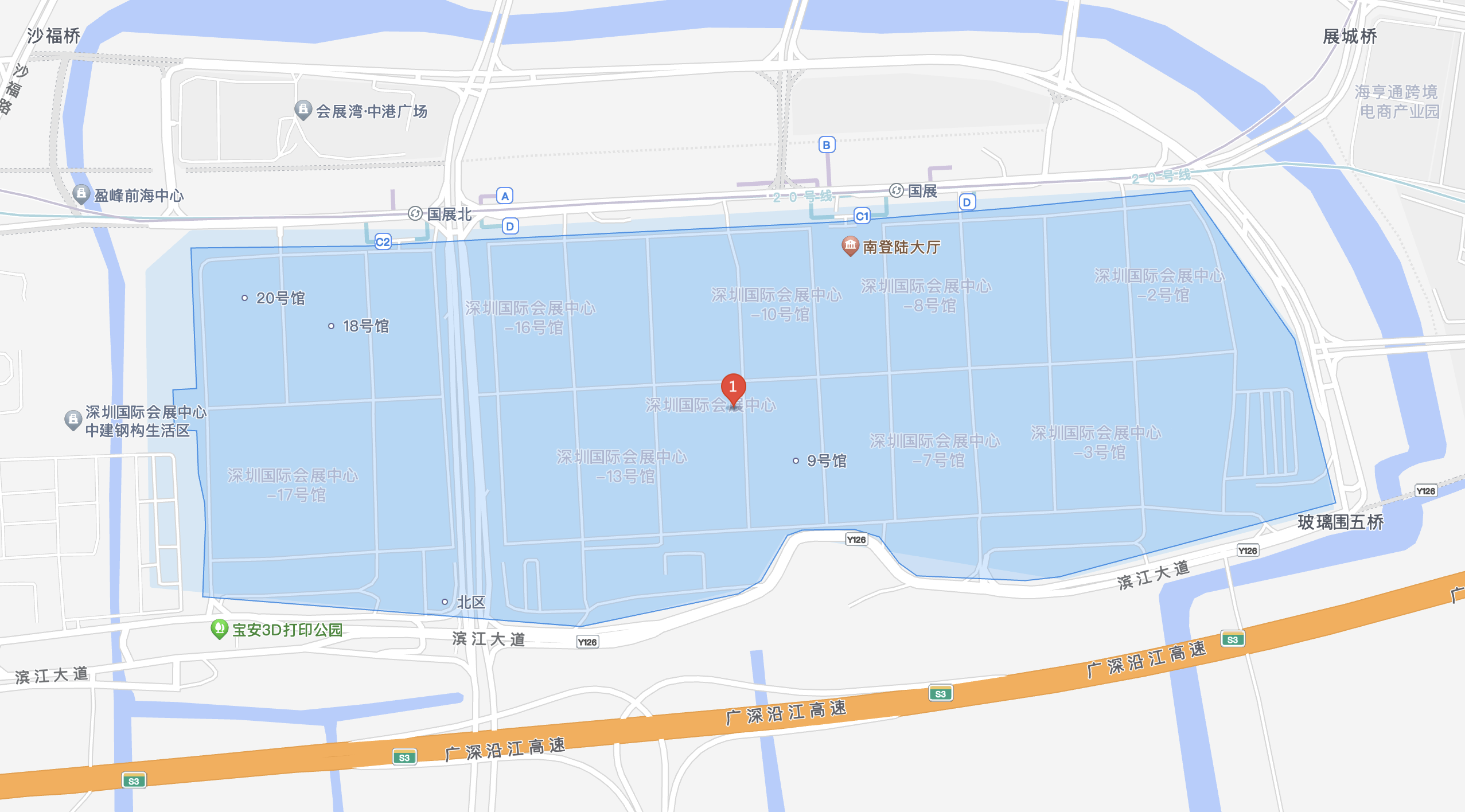Recently, the public bidding project for the 2025 non-site law enforcement equipment restoration information construction of the Changning Branch of the Shanghai Municipal Public Security Bureau concluded. China United Network Communications Co., Ltd. Shanghai Branch (hereinafter referred to as "China Unicom Shanghai Branch") won the bid with 8,990,416.29 yuan, becoming the service provider for the project. This project focuses on the management of traffic violations by electric bicycles, planning to invest nearly 9 million yuan to build an RFID-based intelligent management and control system for electric bicycles. It will focus on addressing high-frequency violations by electric bicycles used for online delivery services such as food delivery and express delivery, including running red lights, driving against traffic, and occupying motor vehicle lanes, injecting technological power into the refined management of urban traffic.
Frequent Electric Bicycle Violations Make Technological Upgrades Urgent
With the rapid development of Shanghai's urban economy, the online delivery industry, including express delivery and food delivery, has flourished. Electric bicycles, as the main delivery force, have seen a surge in numbers, and traffic violations have become increasingly prominent. Behaviors such as running red lights, driving against traffic, not driving in designated lanes, and not wearing helmets not only seriously disrupt road traffic order but also frequently cause traffic accidents, posing a significant threat to the safety of citizens. Traditional manual enforcement methods suffer from drawbacks such as high manpower requirements, limited enforcement time, and difficulty in obtaining evidence of violations, making it difficult to achieve 24/7, comprehensive monitoring of electric bicycle violations.
To address this challenge, the Changning Branch of the Shanghai Municipal Public Security Bureau, in accordance with documents such as the "Notification on Promoting Non-On-Site Investigation of 'Electric Bicycle Riders Not Wearing Safety Helmets' Violations," launched a project to restore the informatization of non-on-site enforcement equipment. The plan is to introduce RFID technology to build an intelligent electric bicycle management system, enhancing non-on-site enforcement capabilities and fundamentally regulating electric bicycle traffic order.
The RFID-based intelligent electric bicycle management system is a key component of this project. The plan is to build 50 sets of this system in Changning District, with a total investment of nearly 9 million yuan, focusing on key areas with high electric bicycle traffic and frequent violations. In terms of site planning, the core deployment areas are around commercial districts, schools, and main road intersections: Around commercial districts such as Kaitian Road (Kaixuan-Huaihai), Nanfeng City and Shangjia Center, and Jin Hongqiao Shopping Mall, where there are prominent issues of concentrated parking and illegal riding of delivery electric bicycles, 8, 8, and 2 systems are deployed respectively; Around Tongren Hospital, where there is high demand for electric bicycle traffic, 6 systems are deployed; At the intersection of Tianshan and Loushan Roads, the location of Loushanguan Road Station on Metro Line 2, where issues such as waiting for passengers on wheelchairs and electric bicycles running red lights are frequent, 12 systems are deployed; Around schools such as the crosswalk in front of the Third Girls' Middle School and Jinping Road (Yunwu-Yuping), 2 systems are deployed each to ensure student travel safety.

From a technical performance perspective, this RFID system boasts high adaptability, high stability, and high identification efficiency. Each system comprises two RFID reader/writer base stations (combined into one unit), supporting a wide voltage power supply of DC9V~DC36V or standard 48V isolated PoE power supply. It has a dustproof and waterproof rating of at least IP54 and can operate stably within a temperature range of -20℃ to 70℃, making it fully adaptable to Shanghai's complex outdoor environment. The base station uses 2.4GHz wireless radio frequency technology, with a transmission rate adjustable between 1Mbps and 125Kbps. Under line-of-sight conditions, the receiving distance is greater than 100 meters, and it can receive information from over 200 electronic license plates per minute, accurately identifying the electronic license plates of electric bicycles and quickly pinpointing vehicle identity. Simultaneously, the system is equipped with a traffic light phase acquisition device, which can communicate directly with the RFID base station via 433M wireless, accurately capturing moments of electric bicycles running red lights and other violations, achieving precise binding of violations with vehicle information.
In addition, the system is equipped with industrial 4G routers, switches, industrial control computers, and outdoor enclosures. The industrial 4G routers support VPDN dedicated line access to the traffic management team's video network, ensuring real-time and secure transmission of violation data. The outdoor enclosures are made of galvanized steel plates with a thickness of no less than 1.5mm, with high-temperature powder coating and a protection level of no less than IP55, effectively protecting internal equipment from external environmental influences.
How RFID Assists in Intelligent Traffic Management
The construction of this RFID-based intelligent management system for electric bicycles is not only a technological upgrade of the non-site enforcement equipment of the Changning Branch, but also marks the transformation of non-motorized vehicle management in Shanghai Changning from "passive response" to "proactive prevention." Its core value is reflected in three dimensions:
From the perspective of management efficiency, RFID technology has completely changed the traditional "human wave tactics" model. The 50 RFID systems, complementing the 96 sets of electronic traffic enforcement cameras for motor vehicles and the 50 sets of pedestrian and non-motorized vehicle enforcement equipment, achieve comprehensive control over all three types of traffic participants: motor vehicles, non-motorized vehicles, and pedestrians. This reduces the need for on-the-ground enforcement manpower by approximately 30% and increases the efficiency of evidence collection for electric bicycle violations by over 60%, truly enabling "24/7" non-on-site enforcement.
In terms of governance precision, RFID technology addresses the core pain point of "difficulty in tracing violations." By binding electronic license plates to vehicle information, each electric bicycle violation can be accurately located to the specific vehicle and its owner (especially delivery and takeout platforms). This facilitates "source governance" by traffic police departments—not only can drivers be punished, but platform companies can also strengthen internal management, forming a multi-level constraint mechanism of "individual-enterprise-supervision," promoting the transformation of traffic violations from "individual case punishment" to "systematic governance."
From the perspective of the governance system, the deployment of the RFID system further improves the closed-loop command mechanism of the Changning Branch, encompassing "crime analysis - police force management - real-time dispatch." The traffic flow and violation data of electric bicycles collected by RFID will be simultaneously connected to the newly built Changning Public Security Traffic Police Situation Analysis Platform. Through spatiotemporal data clustering analysis, the platform will accurately present the road sections and time periods with high incidence of violations, providing data support for the traffic police department to adjust control strategies and optimize police deployment, and promoting the upgrade of traffic management from "experience-based decision-making" to "data-driven".


















